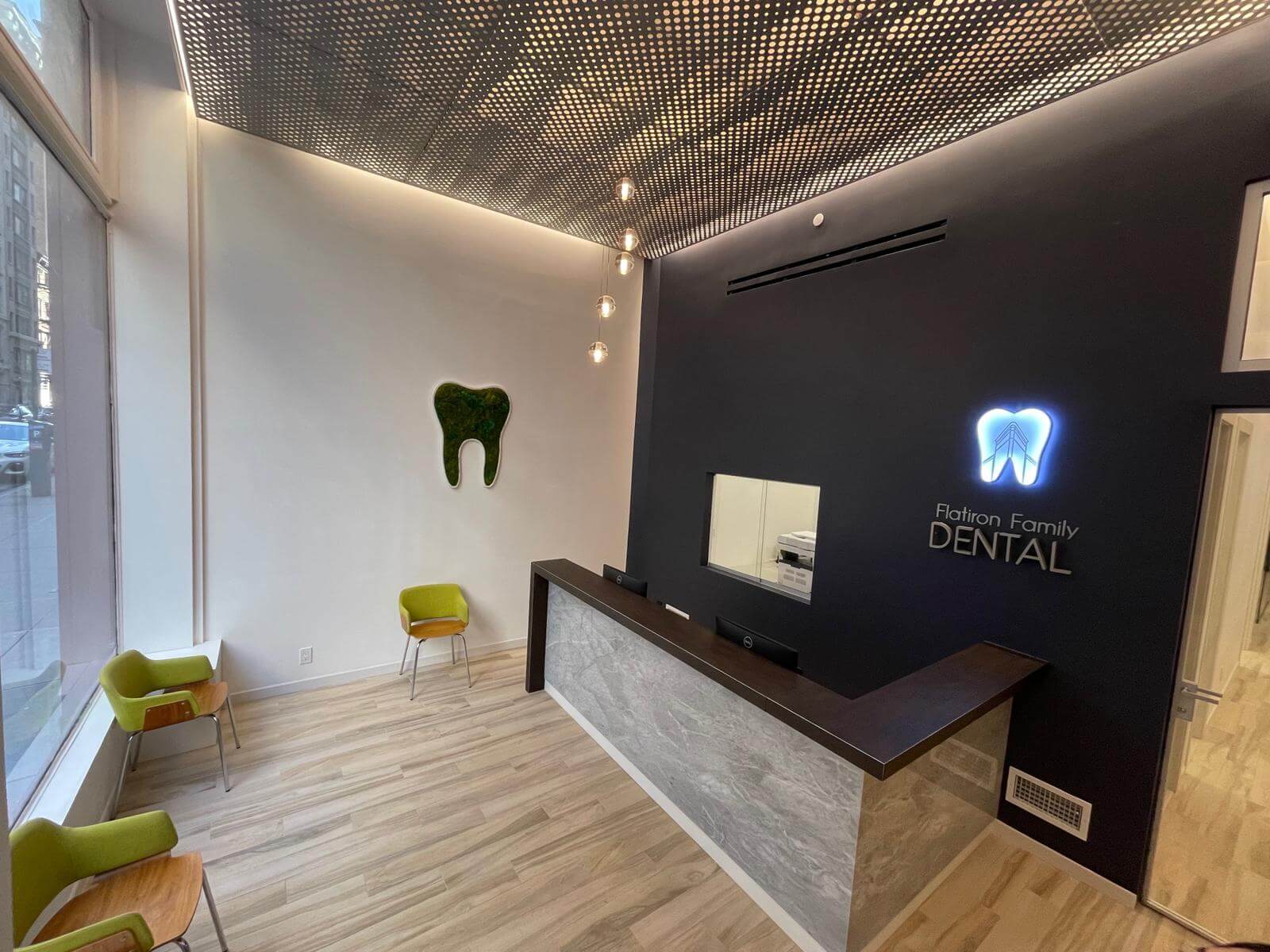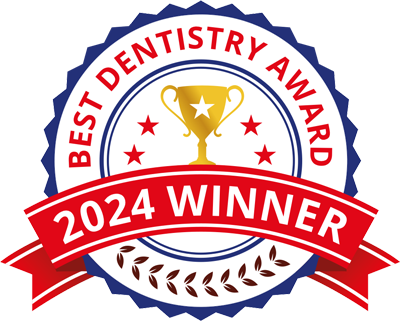Periodontics & Implantology
At Flatiron Family Dental, we specialize in providing patients with expert periodontal care, including the prevention, diagnosis, and treatment of periodontal disease and the placement of dental implants.
Periodontal Surgery
Scaling & Root Planing
Dental Implants
Sinus Lift
BIO: Featured Specialist
Periodontal & Dental Implant Specialist
Dr. Alexander Loeb

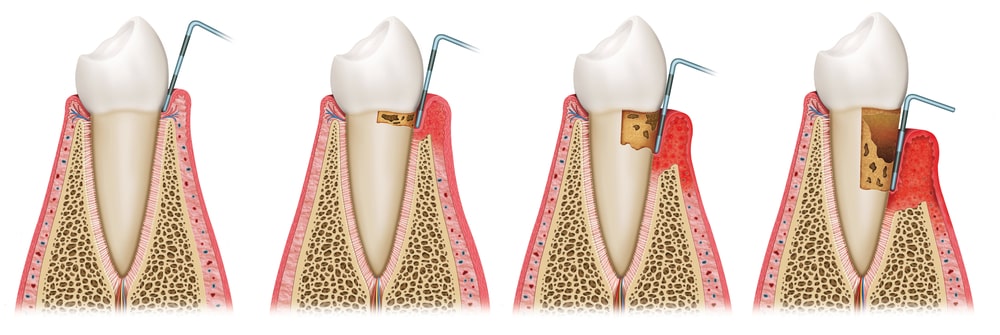
Periodontics
Periodontics is a branch of dentistry that focuses on the health and treatment of the structures surrounding and supporting the teeth, including the gums, jawbone, and periodontal ligaments.
Highly qualified periodontists are specially trained in advanced procedures and dental implantology to help patients achieve and maintain a beautiful, healthy smile. With regular visits to your periodontist, you can ensure the best possible outcome for your smile while minimizing future dental problems.
What is Periodontitis?
In short, periodontitis is an inflammation of your periodontium, which includes the gingiva (gums) and alveolar bone located on the jaw. It can come in four stages, starting at the initial stage, becoming a moderate problem, progressing to severe with the
potential to lose some teeth, and worst being extreme with the potential for losing all teeth.
Each stage is dependent on the time at which the disease is found as well as the general alveolar bone health. When calculus builds up within the gums and isn’t removed through regular cleanings and at-home maintenance, the bone may start to resorb away from the teeth. Frequent dental checkups and cleanings can help keep your gums healthy and remove calculus deposits. Diagnostic radiographs can be taken yearly to measure the bone between the teeth and examine any abnormal pocketing between the gums.
For patients who have calculus accumulation, at-home oral hygiene is crucial. Flossing regularly is one of the most effective ways to prevent calculus from attaching to teeth in the first place.
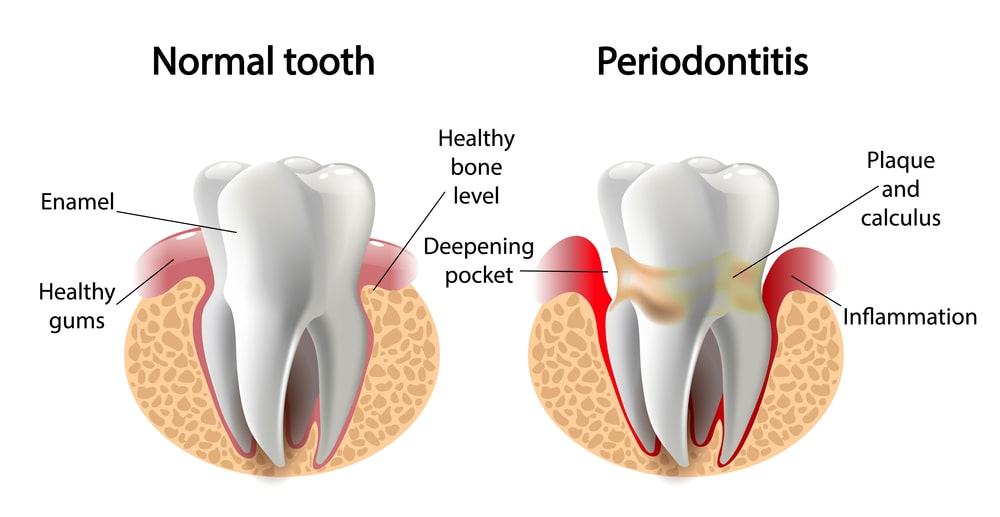
Symptoms of Periodontitis
Bleeding gums
Swollen gums
Bad breathe
Loose teeth
Gum recession
Sensitive teeth
Periodontitis Treatment Options
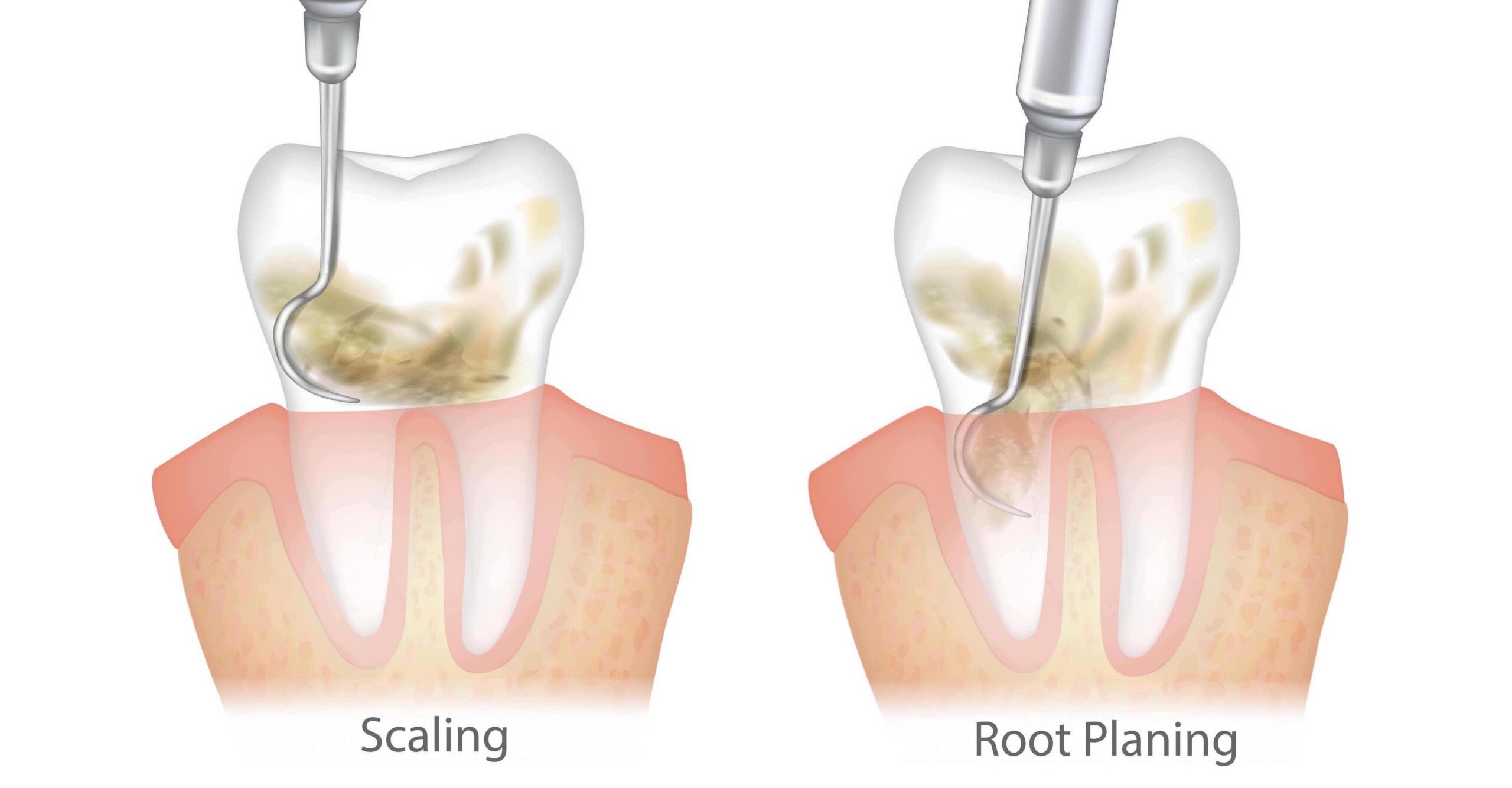
Scaling & Root Planing
With scaling and root planing, a specialized periodontist removes plaque and tartar from under the gum line, combats bacteria growth, removes discoloration from teeth, and helps prevent further damage to the gums. A special tool is used to thoroughly clean each tooth individually while minimizing trauma or tissue damage.
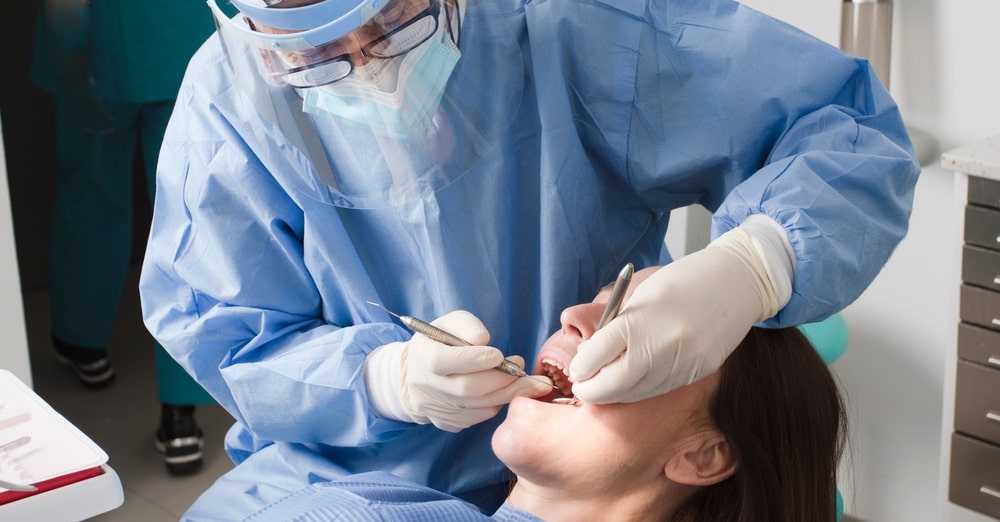
Periodontal Surgery
Periodontal surgery is a common procedure often used in treating those with periodontitis. It can help remove tartar, plaque, and bacteria from your gums and teeth. Periodontal surgery also helps reshape gum tissue and bone structure to give you a better functioning and healthy smile.
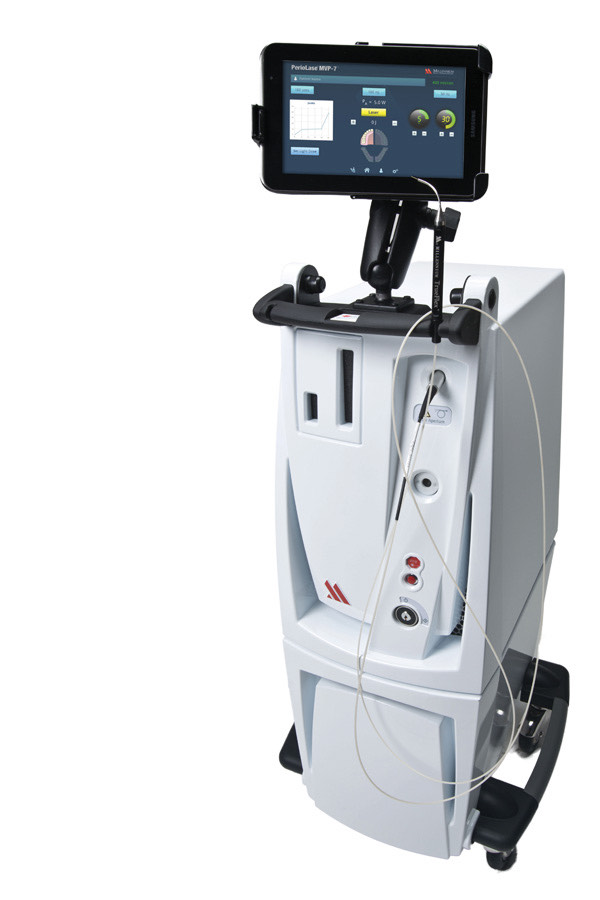
LANAP
The latest technology for treating periodontitis is Laser Assisted New Attachment Protocol, also known as LANAP. It’s a minimally invasive approach that may interest you. Click here to find out more about this state-of-the-art technology.

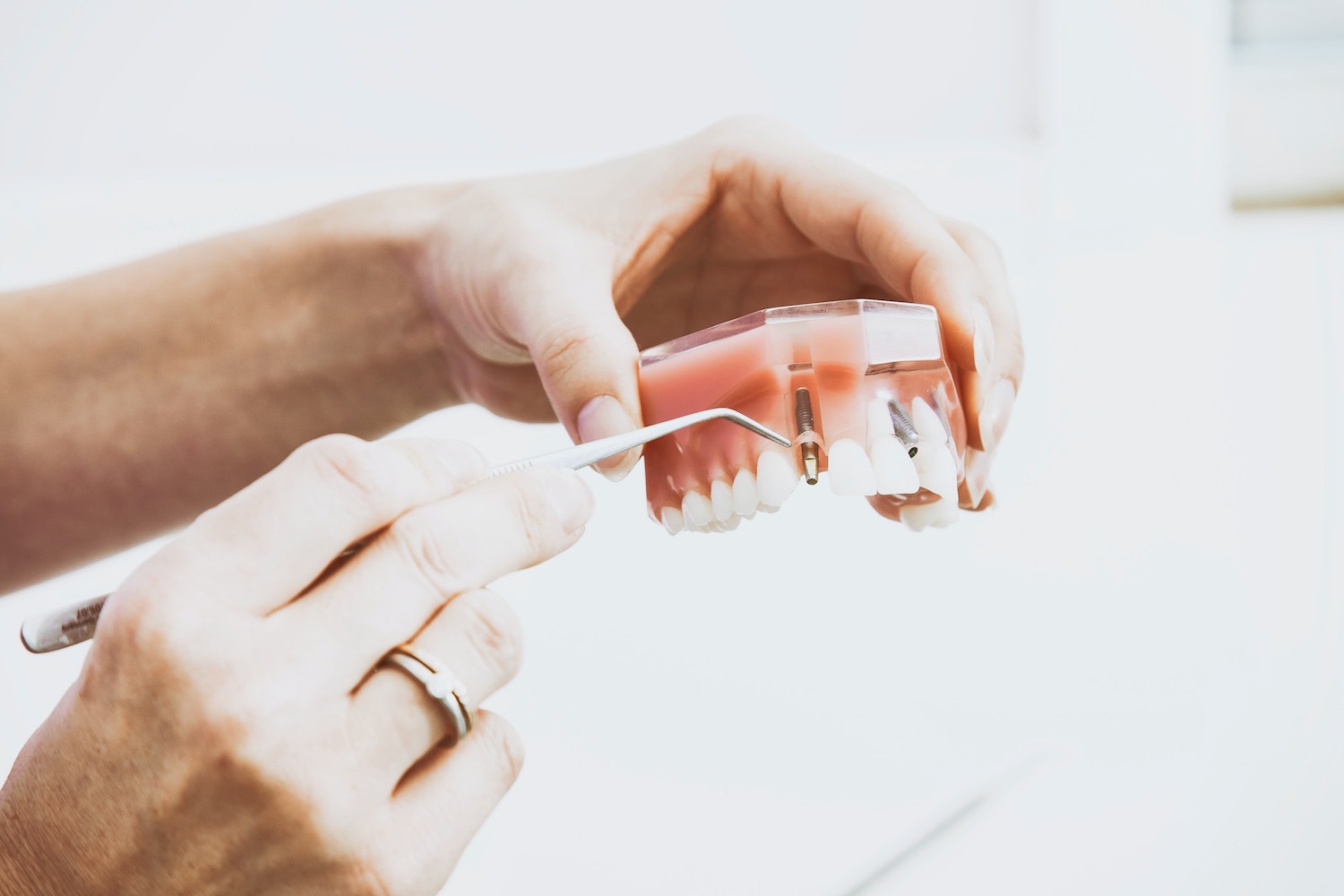
Implantology
Unfortunately, in extreme cases, one or more teeth can be lost due to periodontitis or general injuries. Our periodontal team at Flatiron Family Dental has specialized training and experience in helping patients achieve happy, full smiles through implantology. Thanks to our state-of-the-art equipment and extensive expertise, you can be sure that your dental implant experience at our office is both comfortable and effective.
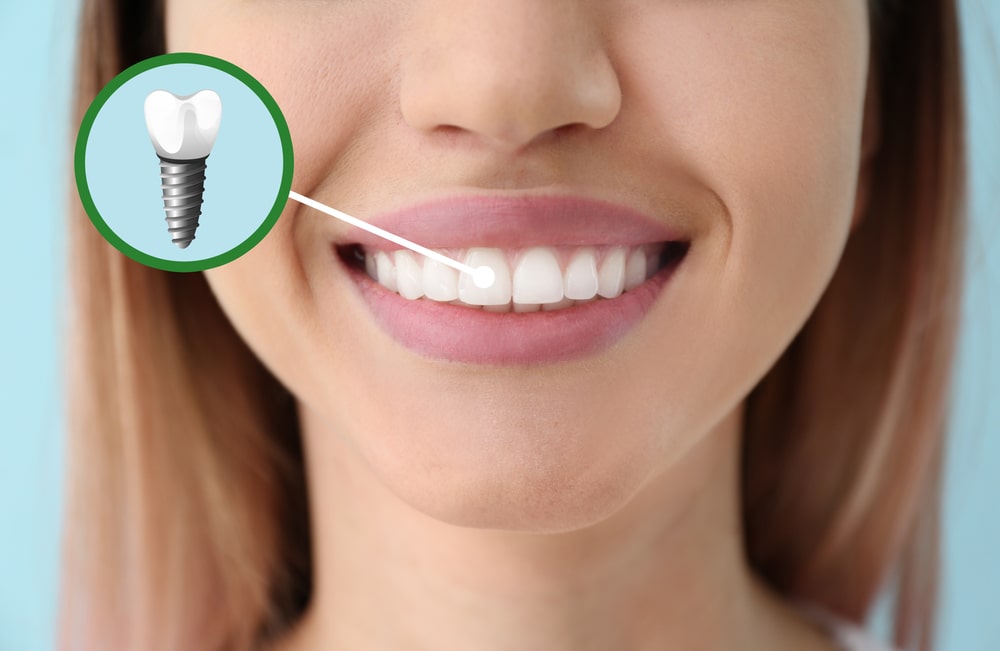
Dental Implants
When it comes to tooth replacement, dental implants are one of the most secure, reliable
solutions available. Implants permanently replace your missing teeth and feel just like regular
teeth — keeping your smile natural and healthy.
A dental implant is a titanium screw surgically implanted into the jawbone to replicate the root of
your tooth in order to support a replacement tooth or bridge. In the process of getting a dental
implant, the periodontist is responsible for placing the implant body into the jaw. Then, your
general dentist handles the restoration by connecting the abutment and crown to create a
natural-looking tooth. Once the procedure is complete and the area is healed, your dental
implant will feel and act like your other teeth!
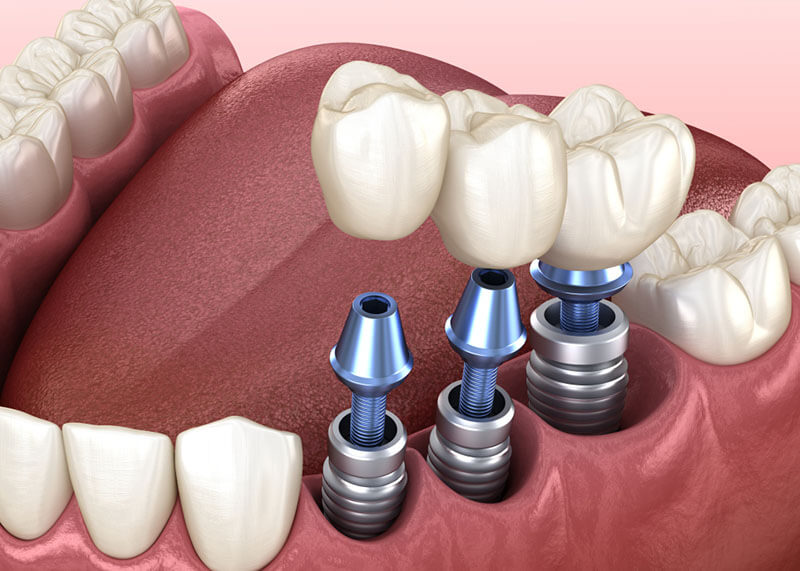
Implant Process
- Planning — Before the placement of an implant, imaging, such as radiographs and a 3-dimensional CT scan, is utilized to determine the best location, angulation, and size of the implant.
- Treatment — The area is completely anesthetized with local anesthesia before the
beginning of the procedure. Once the patient is comfortable, a small incision is made into the gums to expose the bone underneath. The implant is then surgically placed into the bone, and a healing cap is placed to protect the implant. The gums are then sutured back into place, and the area is left to heal.
- Recovery — Your periodontist will provide thorough instructions to aid in quick healing. Depending on the case, the implant usually requires about 3 months to integrate into the surrounding bone.
- Uncovering — Now that the implant is successfully integrated, it is now time to be “uncovered.” Uncovering is a quick and simple procedure where the gums that have healed over the healing cap are opened to access the implant body for restoration

Benefits of Dental Implants
Dental implants offer numerous benefits to patients and are a reliable and permanent solution
for missing teeth. Some dental implant benefits include:
Dental implants behave like regular teeth – you can brush, floss, and chew like you would with all your other teeth
Dental implants are very long-lasting
Dental implants prevent bone loss
Dental implants keep the adjacent teeth stable and healthy
Dental implants offer increased comfort, better smile confidence, and improved quality of
life

Cosmetics in Periodontics
At Flatiron Family Dental, our general dentists work closely with our periodontist, Dr. Alex Loeb, to ensure the best aesthetic results possible – our team wants to help you feel confident in your smile!
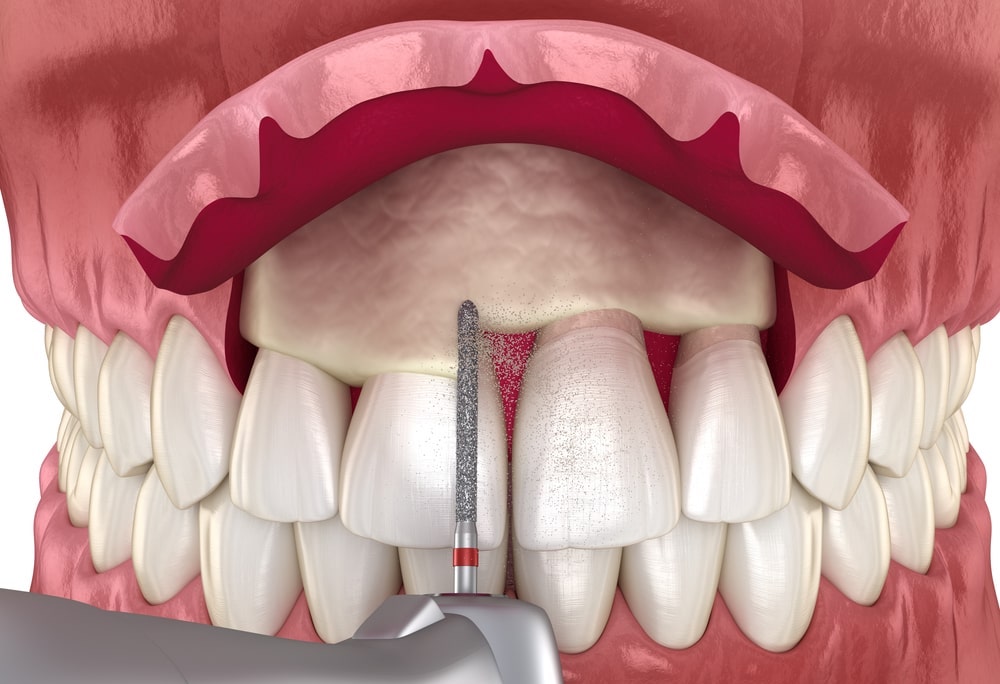
Crown Lengthening
Our periodontics team also specializes in a dental procedure called crown lengthening, a
surgical procedure that increases the size of teeth if they have a short appearance. The process can address soft tissue (gums) or recontour the bone underneath.
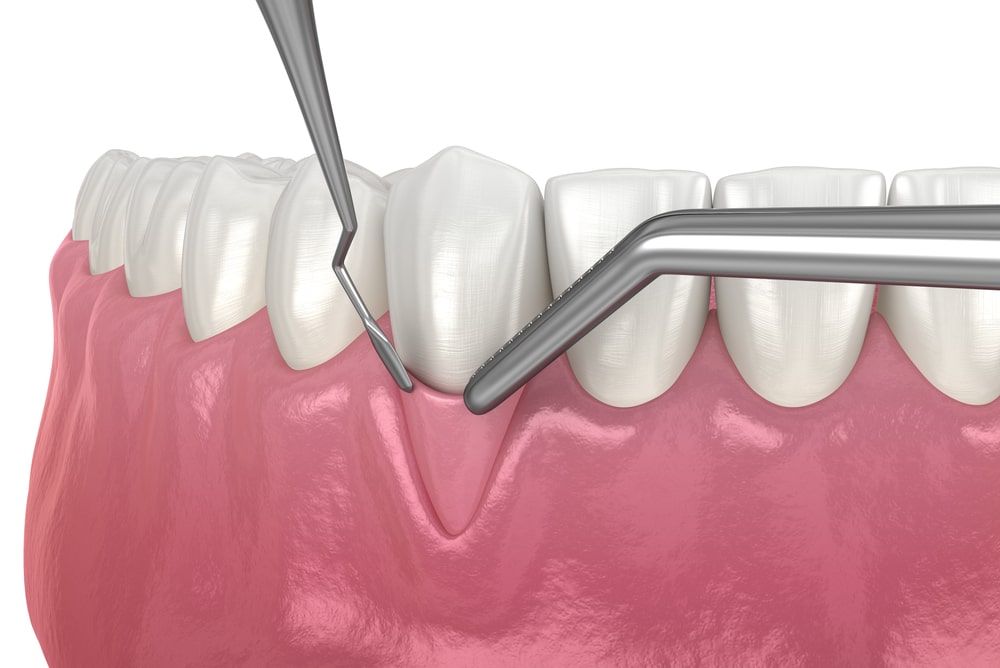
Gingival Grafting
Gingival grafting is an advanced periodontal technique involving the transplant of tissue from one area of the mouth to another. This procedure can be used to treat various gum line issues, such as excessive gum recession or thinning gum tissue, improving the health of your gums
long-term and helping prevent further issues like tooth sensitivity or even jawbone loss.
What we do
If you’re looking to maintain a beautiful and healthy smile, Flatiron Family Dental can help! Our periodontal specialist, Dr. Alex Loeb, provides specialized services to help keep your teeth, gums, and oral health in optimal condition. He is uniquely trained to recognize changes in your mouth that can indicate underlying conditions like gum disease or infection and take the appropriate action to treat them.
When you turn to our Manhattan, NY, office for superior dental care, you can expect nothing less than the best from all our services, including the prevention, diagnosis, and treatment of all your periodontal needs.
Are you ready to schedule an appointment? Our friendly team is here to assist you.
